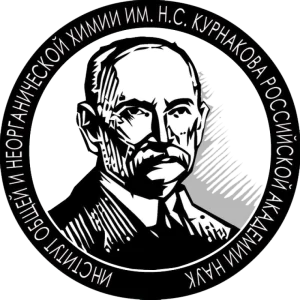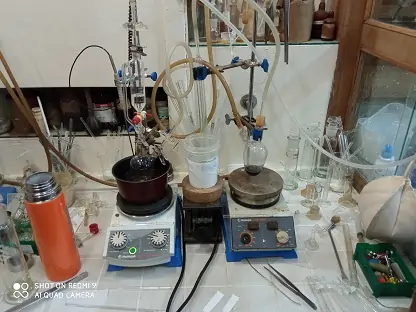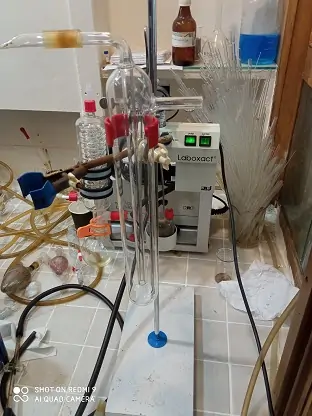Laboratory Of Chemistry of Exchange Clusters
The laboratory carries out the directed synthesis of heterometallic clusters and organoelement compounds based on the concept of Hoffmann's isolobal analogies. In particular, in recent years, the synthesis of metal complexes with unusual carbenoids – organotellurhalogenides, stannylene ligands and N-heterocyclic carbenes has been carried out.
In particular, in recent years, the synthesis of metal complexes with unusual carbenoids – organotellurhalogenides, stannylene ligands and N-heterocyclic carbenes has been carried out.
Special attention was paid to the synthesis, structure and thermal decomposition of chalcogen- and tin-containing heterometallic clusters, which in all cases have sharply (by 0.3 A) shortened partially multiple M-E bonds, probably due to strong dative interactions of the transition metal – non-transition element. Due to the strength of such bonds, the composition of the metal stock is preserved during pyrolysis, which contributes to the production of inorganic compounds containing elements that are usually difficult to combine (for example, tin and tungsten). Based on the synthesis of heterometallic platinum-containing clusters and their thermal decomposition data, highly efficient nanoscale catalysts for the reduction of molecular oxygen in methanol-air fuel cells and the processing of rapeseed oil into hydrocarbons were obtained.
- IR spectroscopy
- NMR spectroscopy
- X-ray diffraction analysis
- UV spectroscopy
- Thin-layer chromatography








